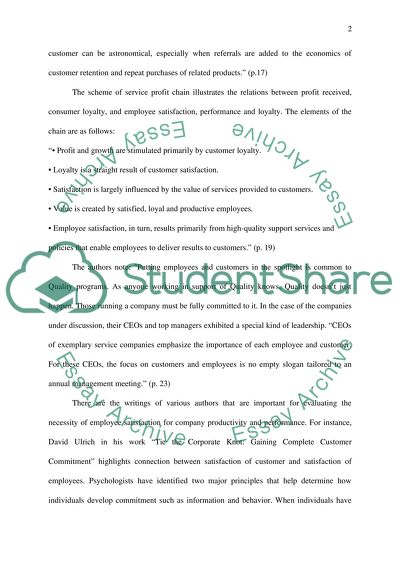Cite this document
(“(a research proposal ) Employee satisfaction and firm performance Essay”, n.d.)
(a research proposal ) Employee satisfaction and firm performance Essay. Retrieved from https://studentshare.org/miscellaneous/1536225-a-research-proposal-employee-satisfaction-and-firm-performance
(a research proposal ) Employee satisfaction and firm performance Essay. Retrieved from https://studentshare.org/miscellaneous/1536225-a-research-proposal-employee-satisfaction-and-firm-performance
((a Research Proposal ) Employee Satisfaction and Firm Performance Essay)
(a Research Proposal ) Employee Satisfaction and Firm Performance Essay. https://studentshare.org/miscellaneous/1536225-a-research-proposal-employee-satisfaction-and-firm-performance.
(a Research Proposal ) Employee Satisfaction and Firm Performance Essay. https://studentshare.org/miscellaneous/1536225-a-research-proposal-employee-satisfaction-and-firm-performance.
“(a Research Proposal ) Employee Satisfaction and Firm Performance Essay”, n.d. https://studentshare.org/miscellaneous/1536225-a-research-proposal-employee-satisfaction-and-firm-performance.


